Southern EMU Pictorial
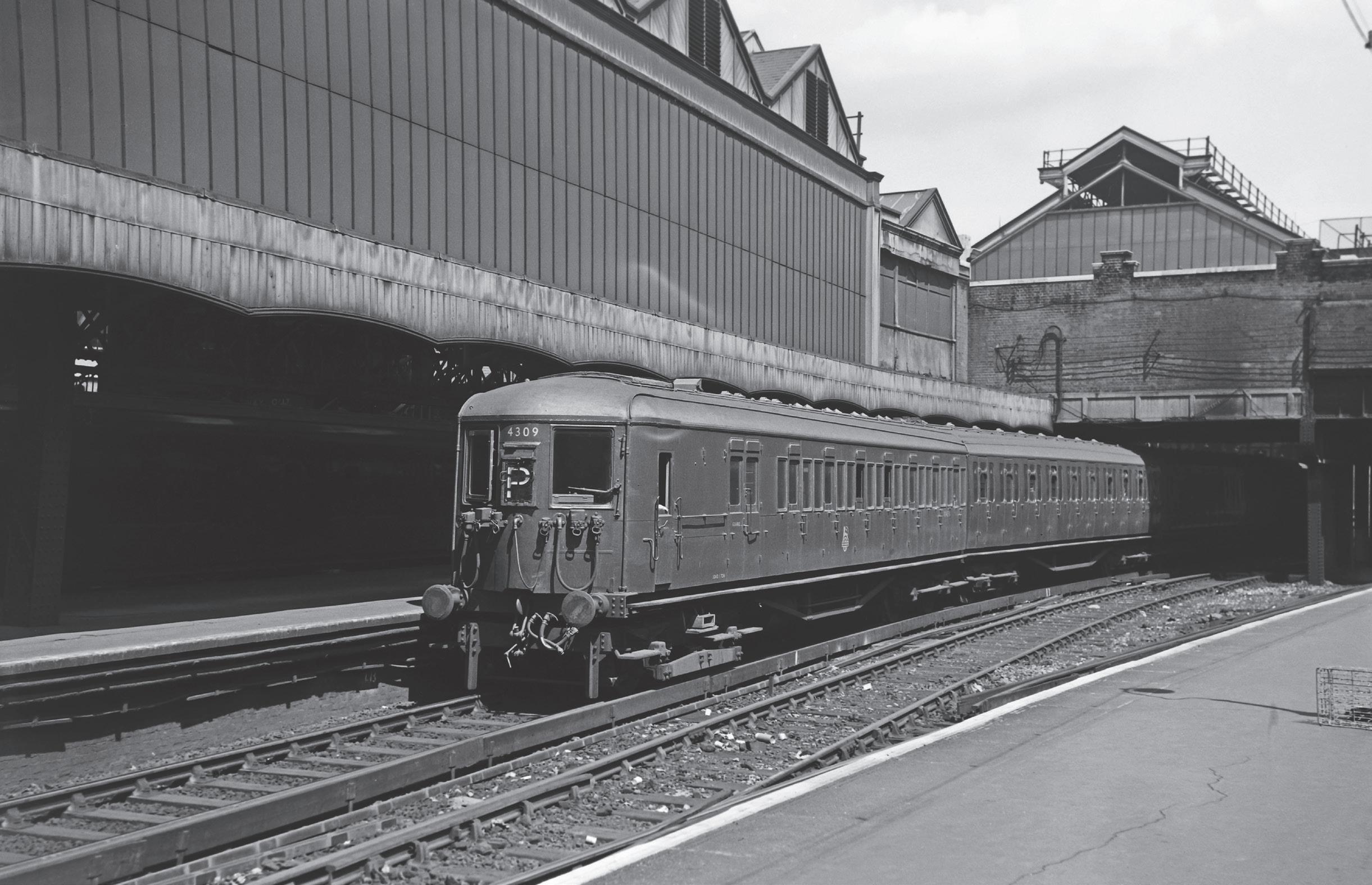
from the Transport Treasury archive
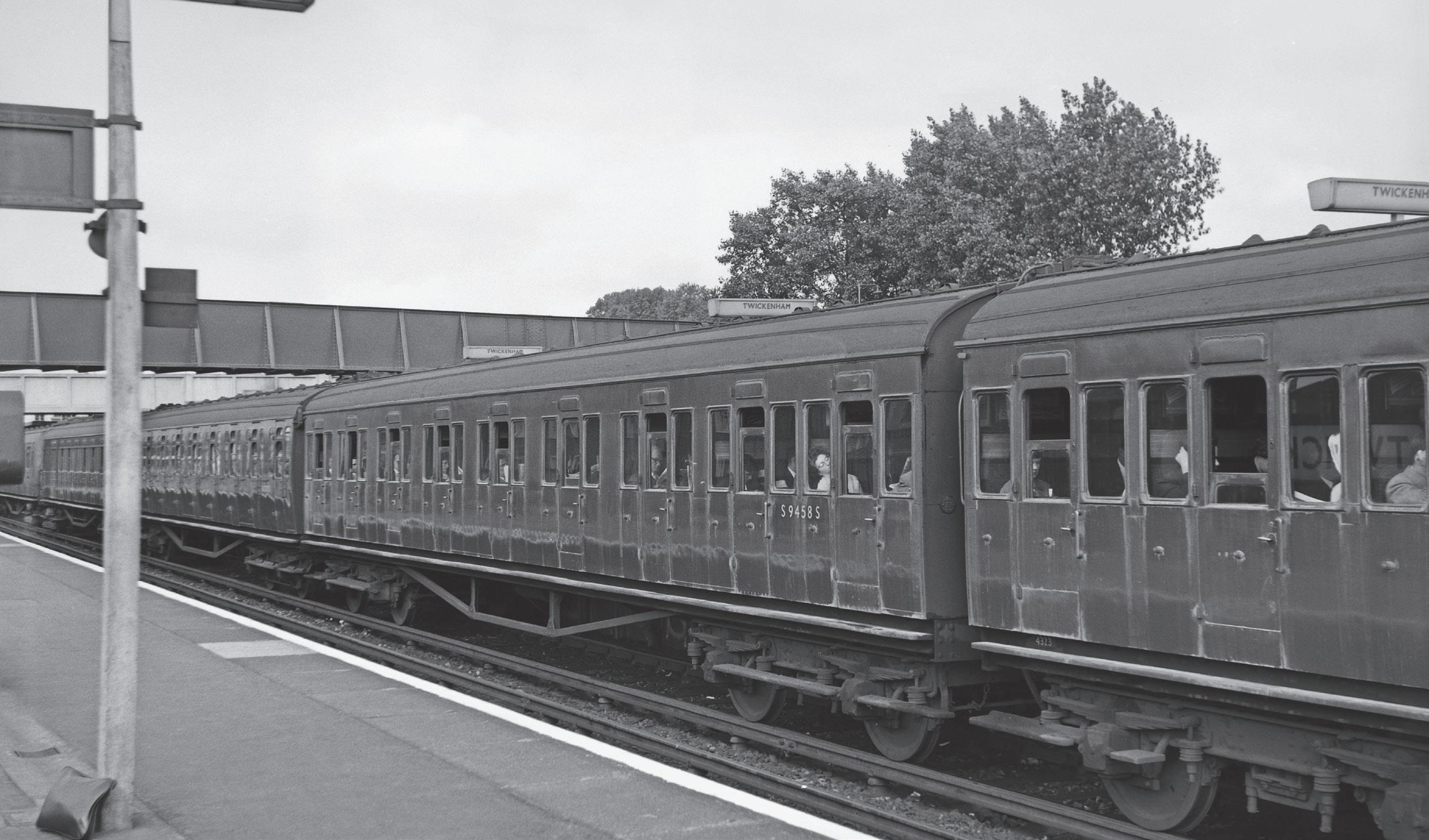
S9458S was built for EMU working in 1925 and is in set No 4325. The slab sides are similar to some former SER stock and as with all Sub stock of the period, non-corridor. Again there is evidence on some patch repairs to the lower portions of the doors; possibly water ingress from the droplights causing rot. It is interesting to pause a moment to view the poses of the passengers, one might even sum it up as ‘resigned indignation’: an acceptance that was just part of the daily ritual. The lady is in her own world whilst the gentlemen with the newspaper is nowadays an endangered species, broadsheets having given way to tablets and smart-phones. There is a data plate on the end indicating a tare weight of 27 tons. (Kichenside 1728 / Transport Treasury)
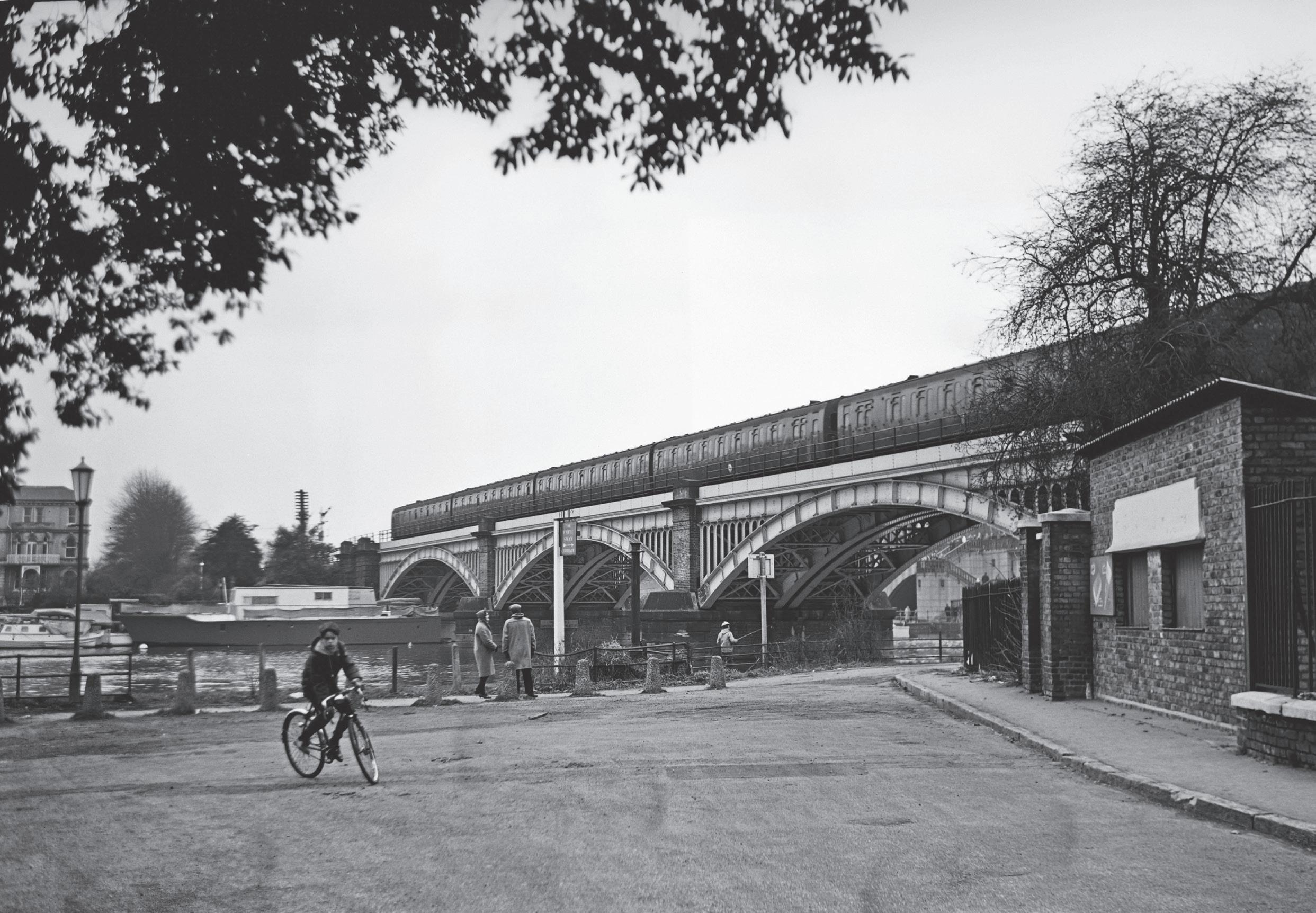
Crossing the River Thames at Richmond. (Kichenside 1632 / Transport Treasury)
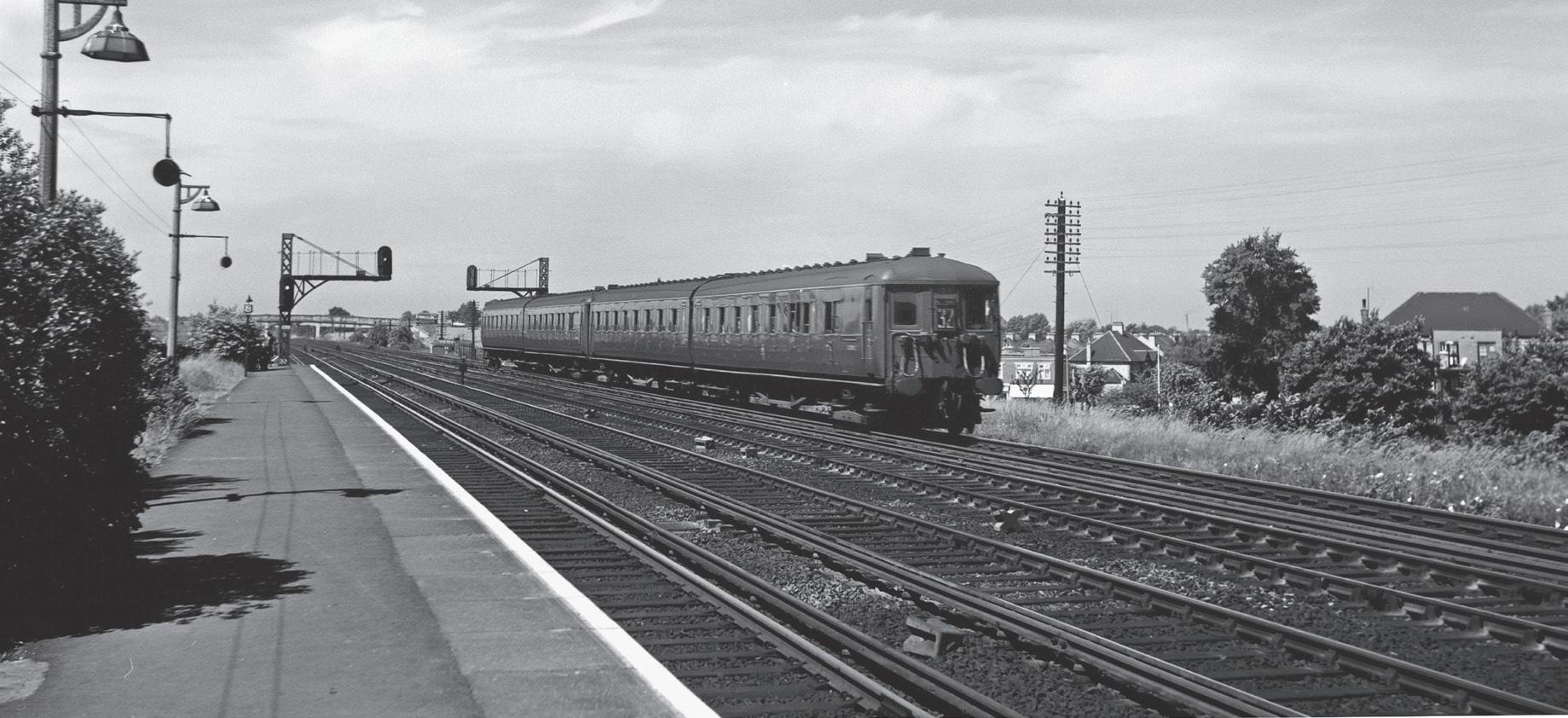
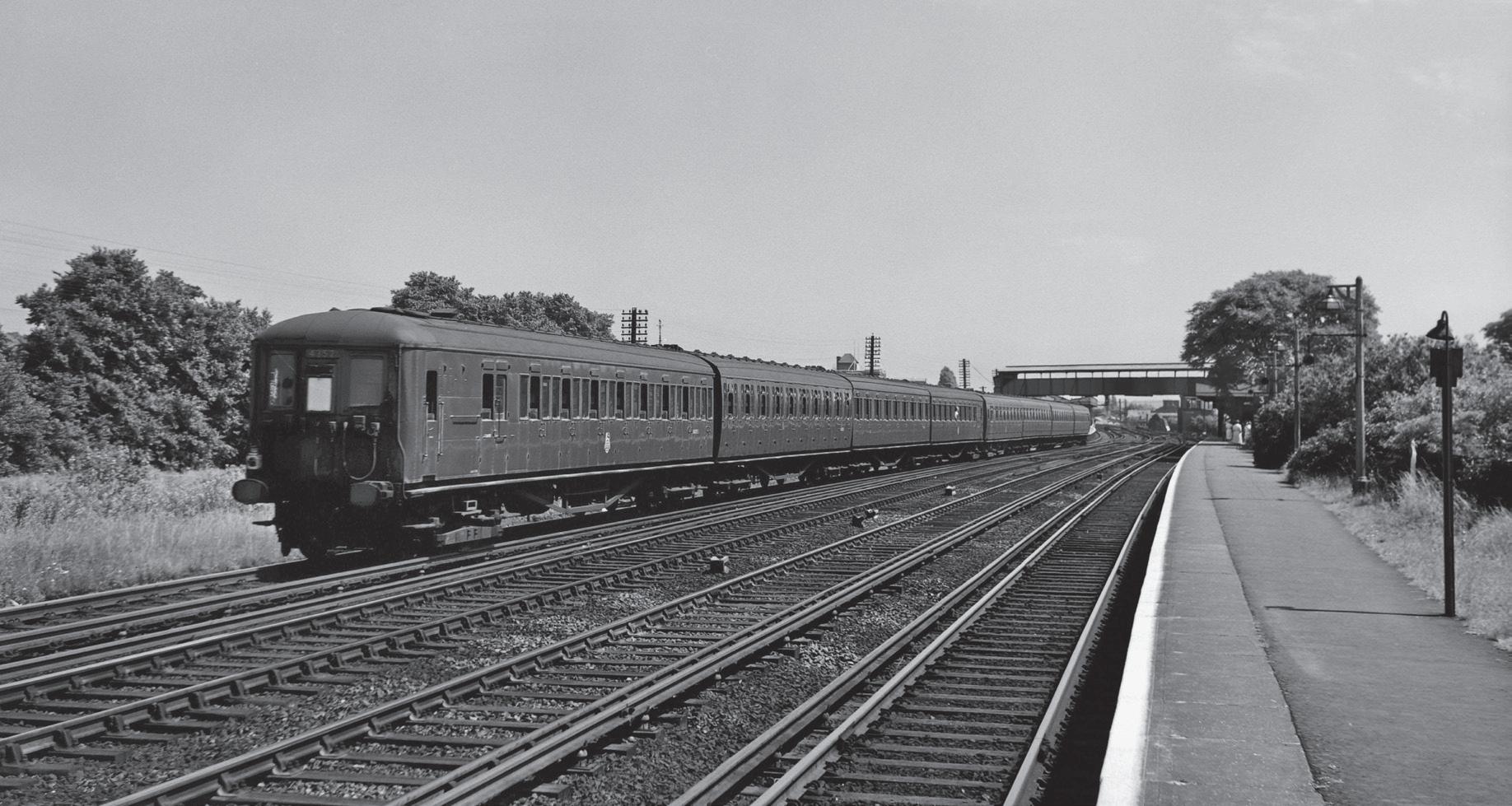
This page, the comings and goings at Raynes Park.
Top: A pair of 2-Bil two-car units; ‘Bil’ meaning ‘bi-lavatory’. These sets were of all new construction. Although there are alternative meanings, the ‘32’ designation at Raynes Park indicates a service from Alton. (Kichenside 1634 / Transport Treasury)
Bottom: Eight car suburban service probably preparing to stop at the staggered platforms of Raynes Park. The rear set is No 4352, an augmented 3-Sub. (Kichenside 1934 / Transport Treasury)
Opposite - Down Central Section working at Haywards Heath. Set 3036, is a 6-Pan. Initially catering was provided including the services of a Pullman steward, this was undertaken in an SR vehicle with a kitchenette, counter and restricted range of light refreshments. Post-WW2, the pantries fell out of use except on one or two peak-hour trains and the units in effect became 6-Cor albeit not classified as such. After a life 29 years, these sets were taken out of service from 1964 onwards. (Kichenside 1646 / Transport Treasury)
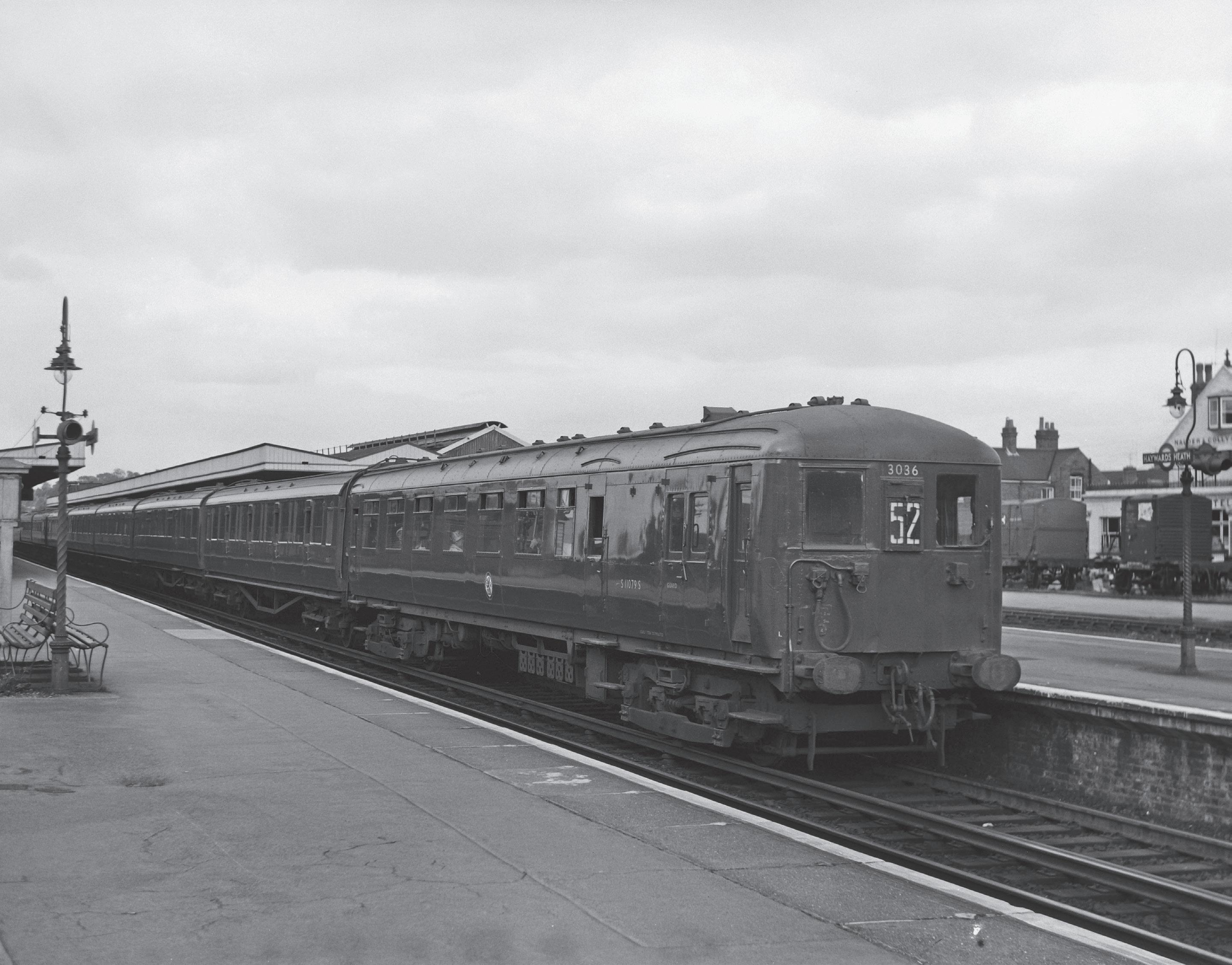
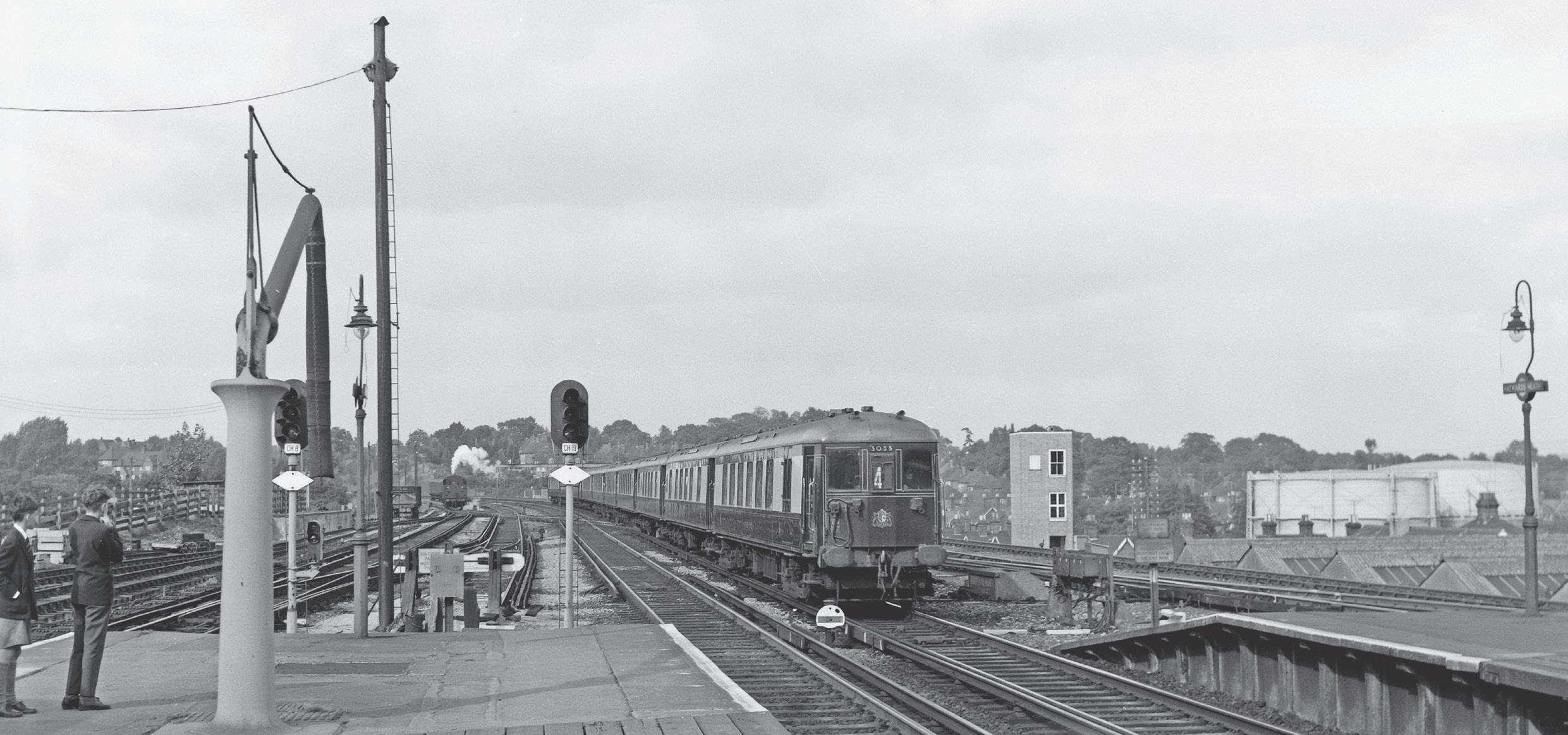
The unmistakable outline of a 5-Bel set as used regularly on the ‘Brighton Belle’. Introduced in 1934 as the ‘Southern Belle’, the electric all Pullman service replaced the steam hauled ‘Southern Belle’ and was renamed the ‘Brighton Belle’ a year or two later. Over the years it enjoyed regular clientele including Thespians resident in Brighton who would use the train to and from their London engagements. Three units were built, originally as Nos 2051-3, and renumbered 3051-3 in 1937. Operated in conjunction with the Pullman Car Co., The SR, and later BR, were responsible for the underframes, bodies, and electrical equipment plus running the train, whilst Pullman took care of the bodywork and interior fittings. Although associated with the Brighton line a five car set might also be seen on special duty to Portsmouth from time to time whilst there were also regular turns to Eastbourne. In their final years the trains were painted in a lined version of standard BR blue/grey, which did little to enhance their appearance and if anything served to emphasize their age. (‘Reversed’ grey/blue livery was used on the Blue Pullman and hauled Pullman stock on the ER and LMR [and briefly a few Golden Arrow cars], which looked hideous). There was also the famed incident of the ‘kippers’, BR taking these delicacies off the breakfast menu which led to howls of protest in the press leading to their reappearance on the menu. The trains ran until April 1972. This pair of images show the regular Brighton Belle train passing Haywards Heath. (Kichenside 1899 (above) and 1900 (right) / Transport Treasury)
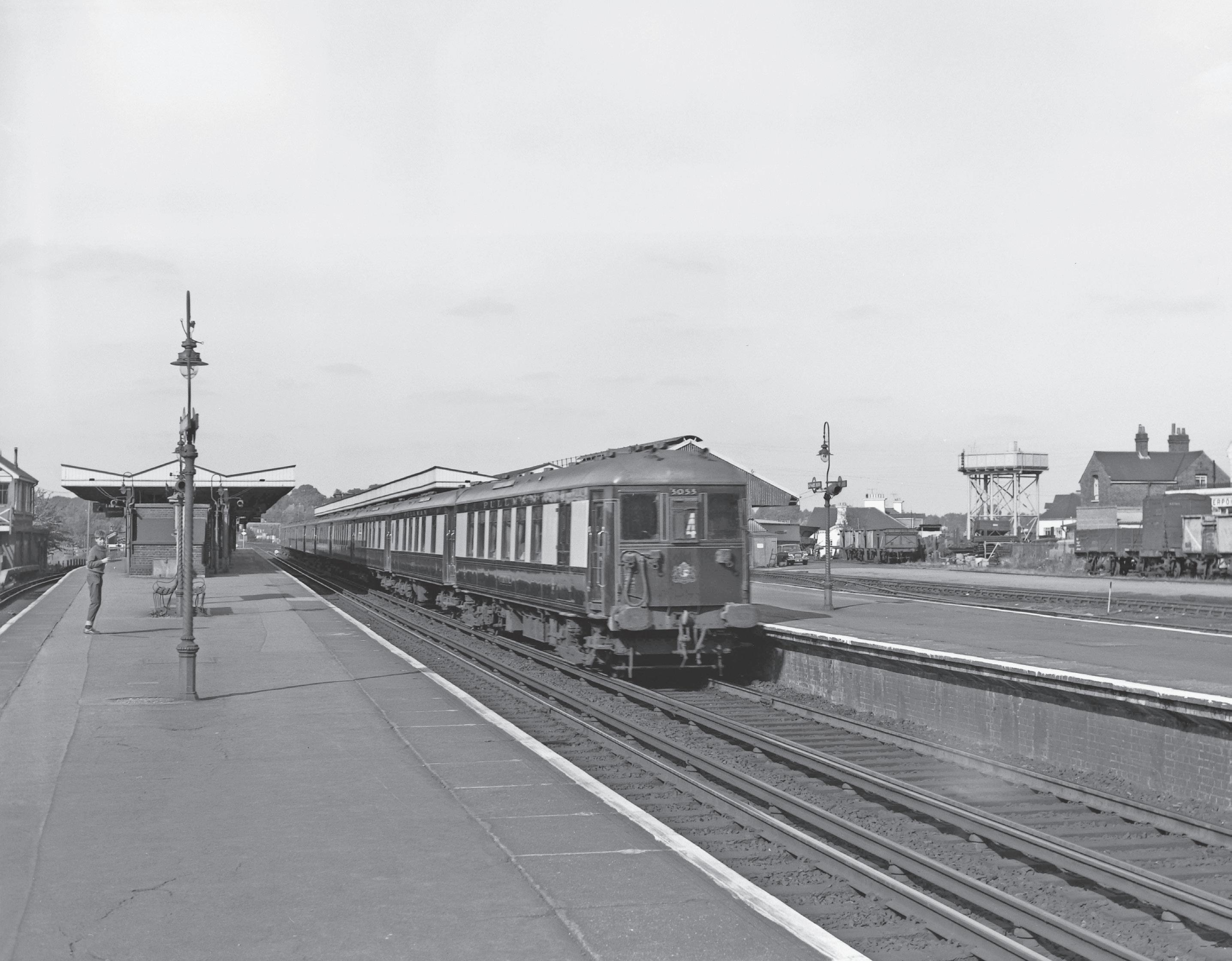
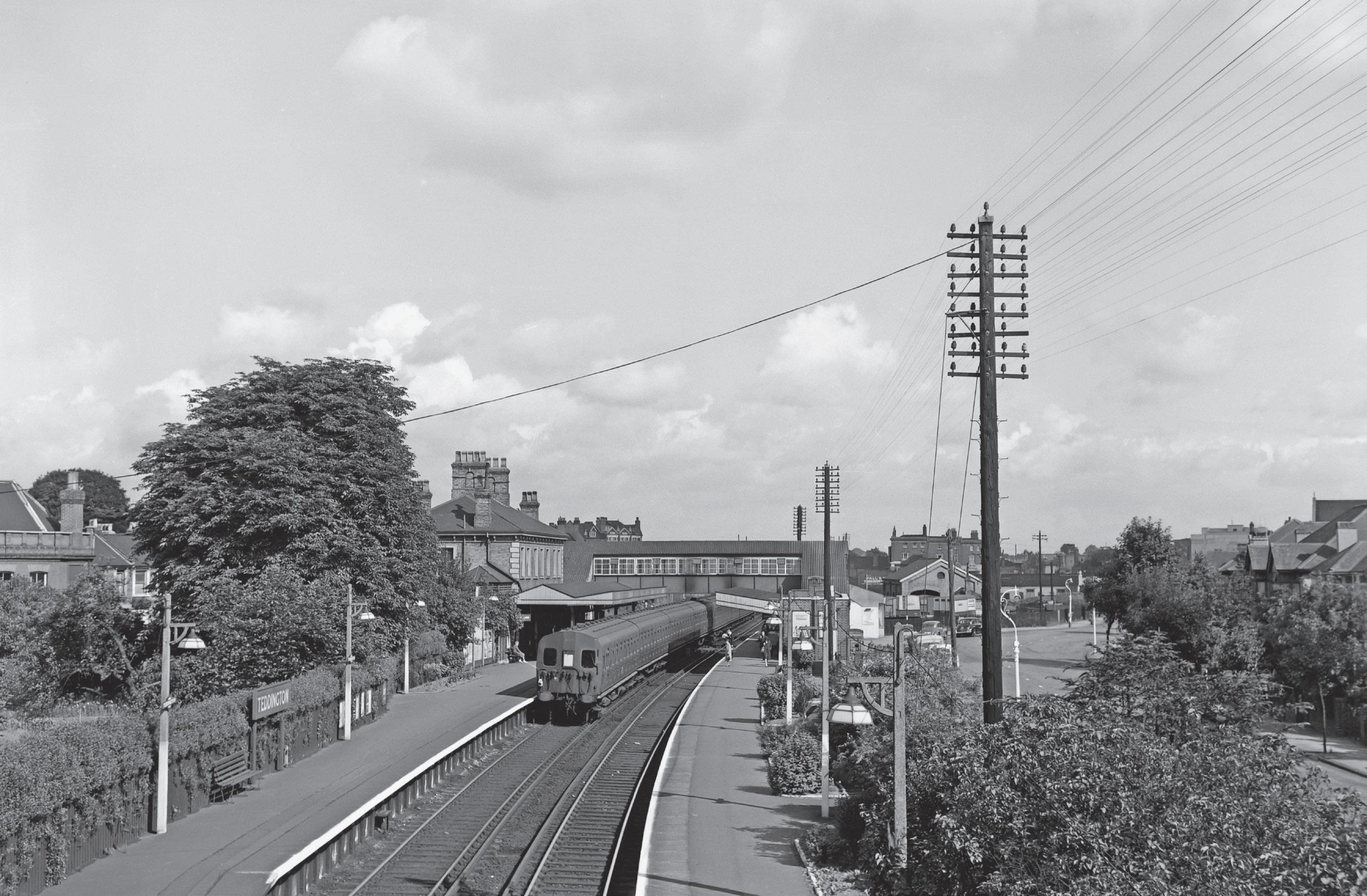
4-Sub No 4720 forms the rear portion of a train here at Teddington. Although the 3rd rail is in place and indeed has been the some years, in many respects the station retains much in the way of a timeless quality; the station gardens, goods yard with a number of BR road vehicles, pole route, Southern lamp shades and outside seats. Note too the cautionary white line on the edge of platform with most of the concrete lamp standard also painted white up to a set height. (Kichenside 1896 / Transport Treasury)
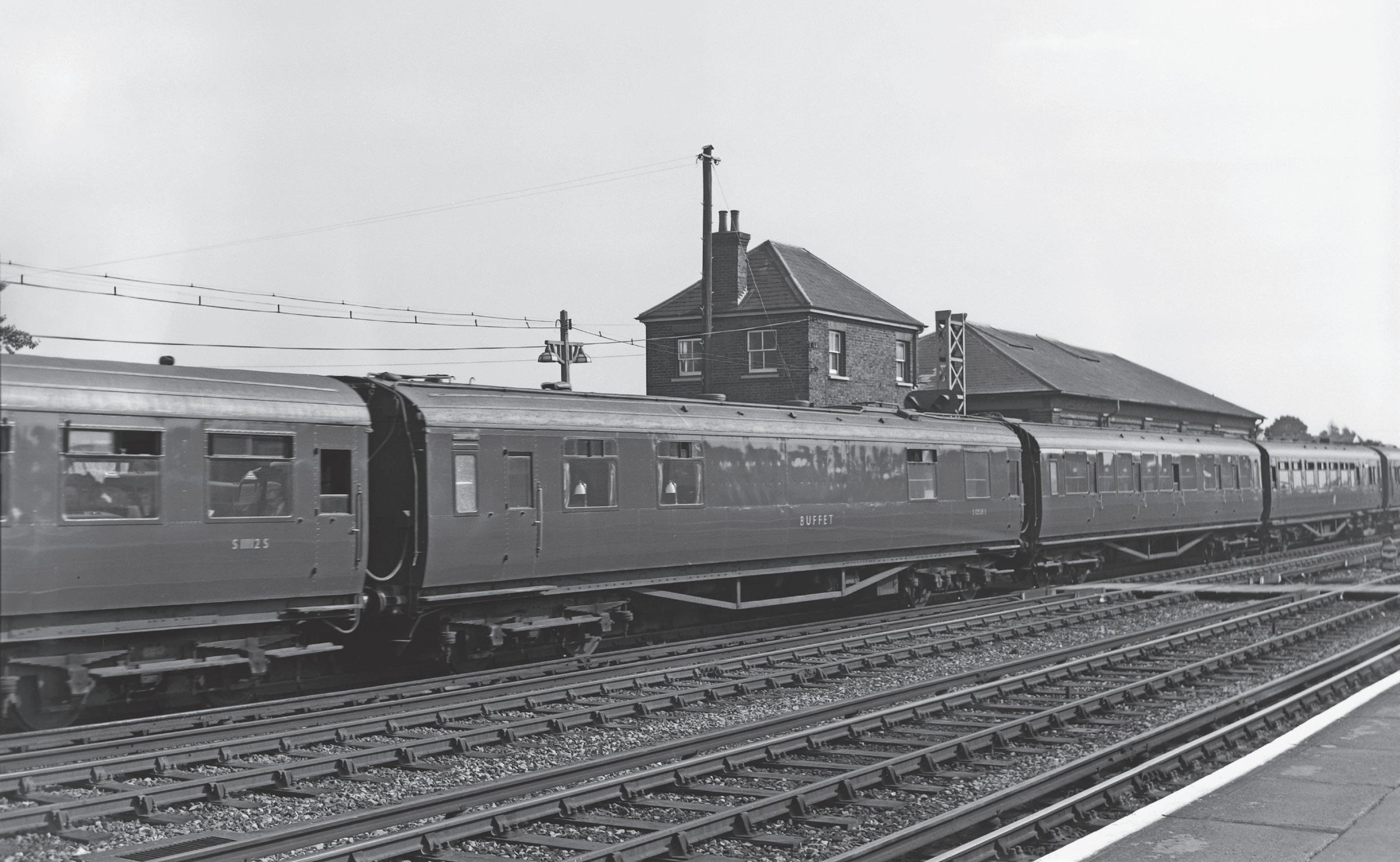
Buffet vehicle in a 4-Buf unit. This car was originally in set 3073, later 3083. Into service in July 1938 it had a service life of 32 years before being withdrawn on 21 November 1970. The table lamps give a nice touch. Mr Bulleid added his own mark to the interior of some of the buffet sets with a stylish interior intended to woo custom. It did, but perhaps a little too well, some passengers preferring to spend their whole journey in the buffet lingering perhaps over a single cup of coffee and so preventing others from enjoying the facilities. In his next attempt at catering accommodation he perhaps went a bit too far the other way with the windowless restaurant portion of the ‘Tavern’ cars. (Kichenside 1714 / Transport Treasury)
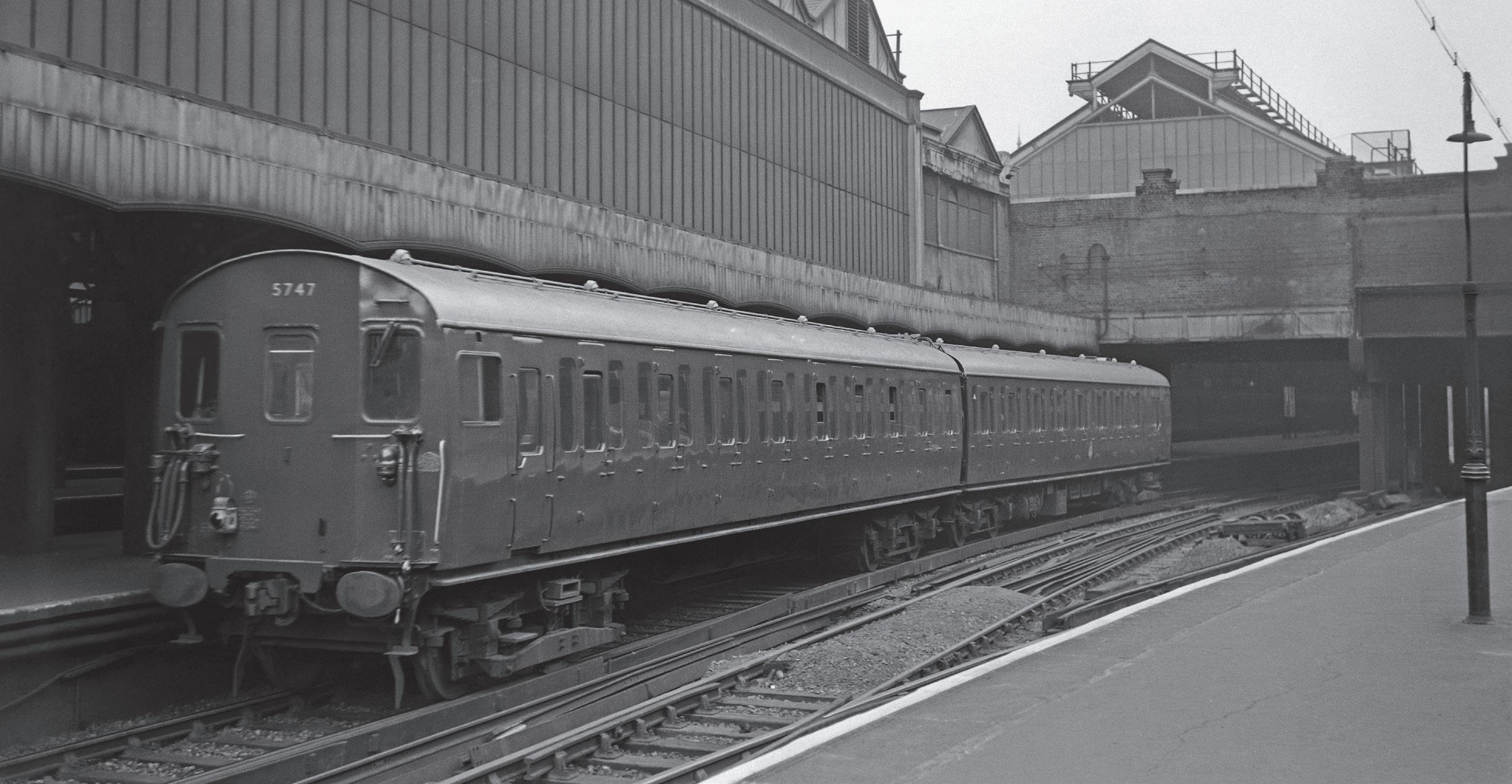
The third-rail Southern Electric network remains one of the most intensively worked suburban systems in the world. The first sections were electrified soon into the 20th century after which its tentacles have grown and expanded from inner suburban to outer suburban areas and now even into Dorset. This book draws exclusively on the work of Geoffrey Kichenside who fortunately recorded the everyday EMU sets and individual vehicles at a time when most enthusiasts were focussing their cameras elsewhere.
ISBN 978-1-913893-57-6
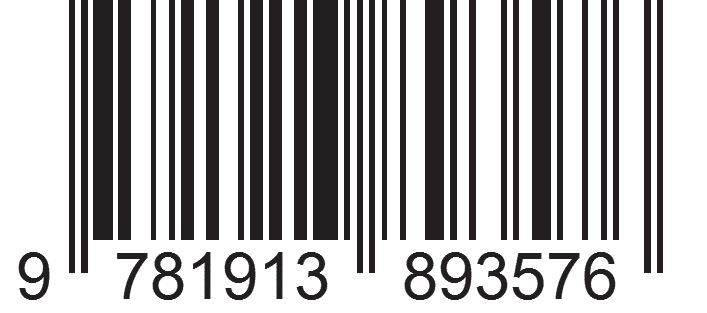
£13.50


